Your curious feline gazes out the window with that unmistakable spark in their eyes. You notice the way they watch every bird flutter past, their tail twitching with barely contained hunting instincts. Yet your indoor cat spends most days lounging on the couch, their brilliant mind yearning for something more stimulating than another nap.
Indoor cats may not face those same challenges, but their brains are still hardwired for exploration and clever problem-solving. Bored cats can get frustrated and begin to exhibit unwanted behaviors. The good news is that you can easily transform your living room into an exciting playground that challenges your cat’s intelligence while satisfying their natural instincts. Let’s explore five surprisingly simple games that will turn mealtime and playtime into brain-boosting adventures.
The DIY Puzzle Feeder Challenge
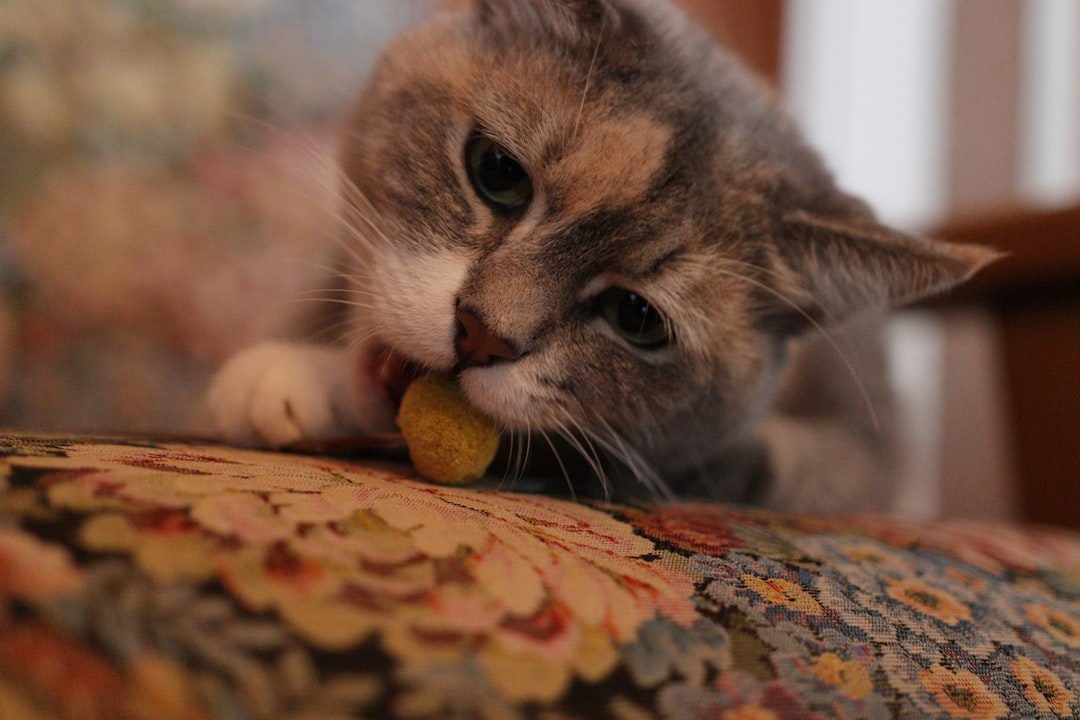
Your empty toilet paper rolls and egg cartons are about to become your cat’s favorite brain teasers. It really is a simple as taking an egg carton and putting some dry food in the cups! Start with the easiest version by placing a few treats in each compartment of an egg carton and watch your cat work to extract every delicious morsel.
For cats ready for more complexity, create a multi-level foraging board using household items. You will need a low cardboard box, yogurt cups, and of course, toilet paper rolls. Cut the toilet paper rolls into different lengths. Using a hot glue gun, stick the rolls and cups to the inside of the box. This transforms boring mealtime into an engaging treasure hunt that can occupy your cat for twenty minutes or more.
The beauty of homemade puzzle feeders lies in their adaptability. Increase the game’s difficulty by adding a few toys both inside and between the cups and rolls. Your cat will need to strategize, problem-solve, and use their paws in creative ways to access their food reward.
Interactive Wand Toy Hunting Sessions
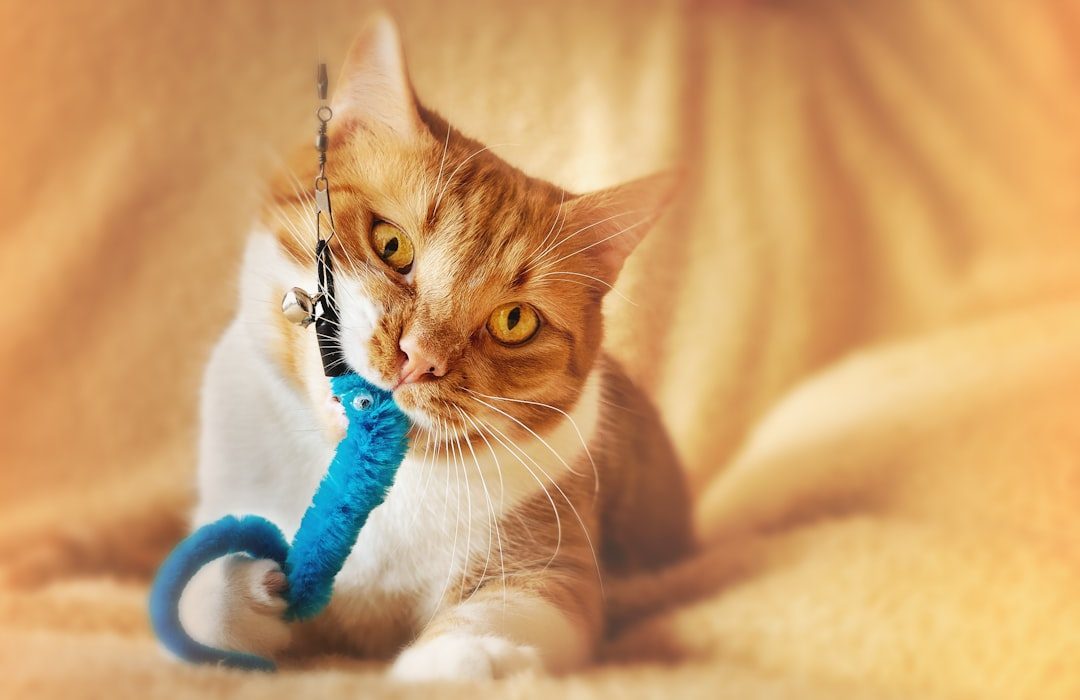
The best type of play for keeping a cat happy is interactive, where you use a toy to mimic the behavior of a cat’s prey animals, either birds or rodents. Wand toys are exceptionally good for this. Make the toy on the end of the wand act like scared prey, darting away from your cat, hiding, and freezing in fear. Don’t make the game too easy, but do let your cat catch the “prey” sometimes, especially at the end of the game, after which you should reward your cat with a treat or meal.
The magic happens when you vary your movements unpredictably. Drag the toy slowly across the floor, then suddenly whisk it behind a chair. Let it peek out briefly before disappearing again. Your cat’s pupils will dilate with excitement as their predatory instincts kick into high gear.
Remember that play sessions with your cat should only be about 10–15 minutes long. Make time for two to three daily play sessions for older cats to 4-6 sessions for kittens and younger cats. Always end sessions on a successful note where your cat captures their prey, followed by a small treat or meal to complete their hunting cycle.
The Hidden Treasure Hunt Game
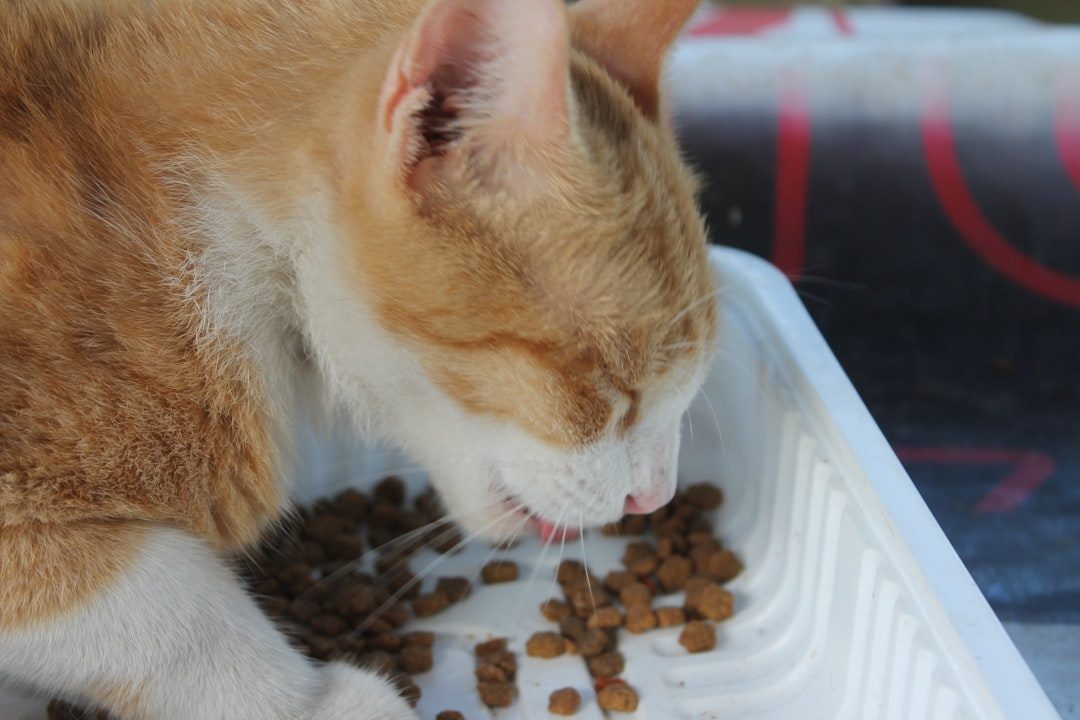
Transform your entire home into a hunting ground by scattering your cat’s daily food portion in small amounts throughout different rooms. Engage your cat’s natural hunting abilities by playing hide-and-seek games. Hide small treats or toys around the house, encouraging your cat to search and discover them. This activity taps into their instinctual curiosity and provides a rewarding and interactive experience.
Separate their meal into several smaller portions and place them randomly in the house for your cat to hunt down. A bit of gentle encouragement might be necessary at first until your feline Sherlock Holmes understands what is required of them. But once your cat gets the rules of the game, they can start sharpening their hunting instincts while chasing down their meal.
Start with obvious hiding spots like under furniture or inside cardboard boxes, then gradually increase difficulty. Hide treats on different levels of your home, encouraging your cat to climb and explore. This game not only stimulates their mind but also provides excellent physical exercise.
Sensory Rotation and Exploration Zones
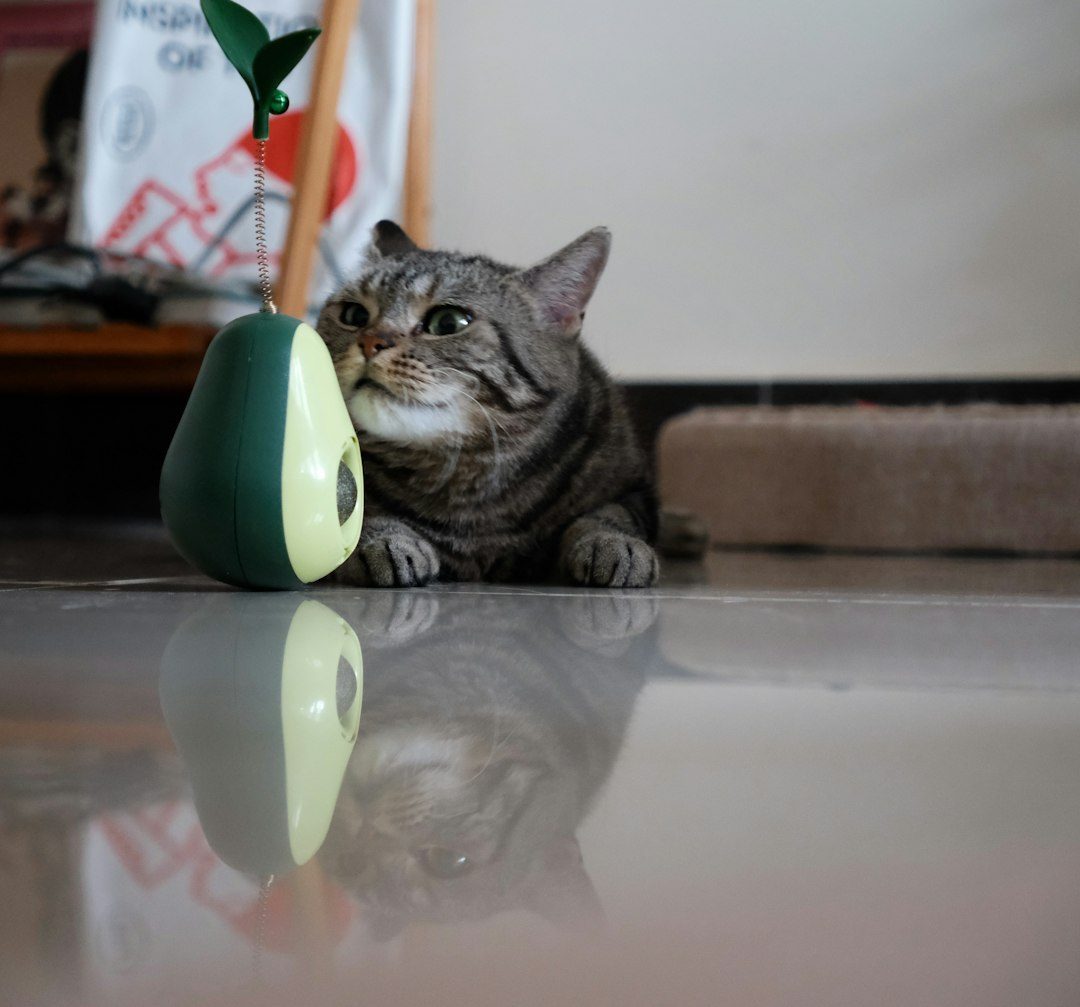
Rotate safe, stimulating scents like silvervine, catnip, or even your worn T-shirt. Adding different textures or sound-based toys also keeps things fresh and fascinating. Create dedicated exploration zones by rotating toys every few days, ensuring your cat always encounters something intriguing and novel.
A forgotten toy becomes exciting when reintroduced after a break. Every few days, I walk around the house and pick up toys that are out, put them away and bring out “new” ones that have been out of sight, out of mind. For a little extra enrichment, sprinkle some silvervine on an old favorite to reignite your cat’s interest. This keeps novelty alive and prevents boredom from setting in.
Set up window perches where your cat can watch outdoor activity, or create cozy hiding spots using cardboard boxes and blankets. Cardboard boxes, tunnels, climbing spaces, or even a window perch with a view can provide hours of mental stimulation as they observe and investigate. Change the location of these zones periodically to maintain their appeal.
Brain Training Through Simple Tricks
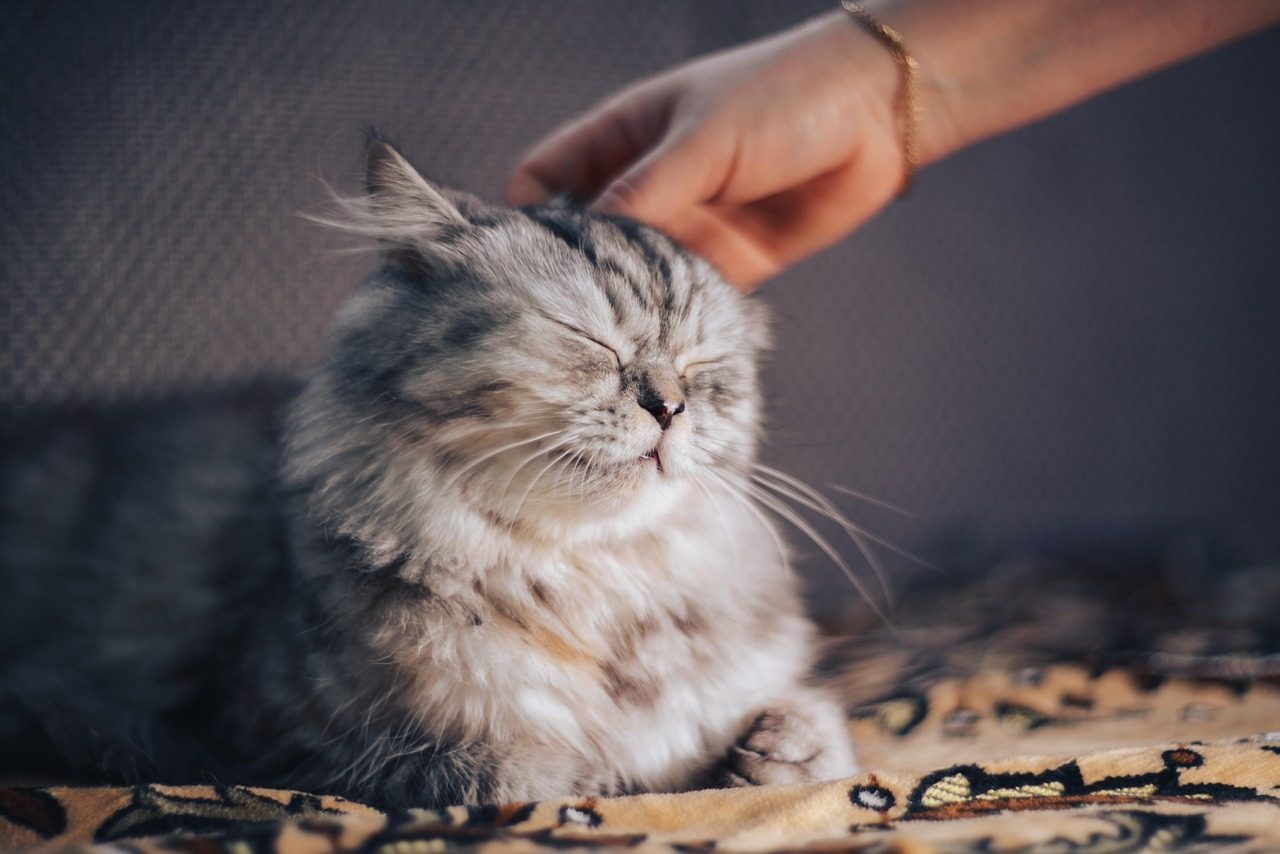
Training your cat to sit, high-five, or even meow using clicker training can be a great bonding experience and can provide enrichment for both your kitty and you. Many people assume cats cannot be trained, yet they are remarkably intelligent creatures capable of learning complex behaviors when properly motivated.
Start with basic commands like “sit” or “come” using positive reinforcement techniques. Cats can be taught to respond to any number of cues, from “sit” to “down” to “wave.” Using positive reinforcement is a great way to be successful with training your cat. Not only will it be more fun for both of you, but it’s also more effective and efficient. One of the best methods using positive reinforcement is clicker training.
Keep training sessions short and rewarding, focusing on one command at a time. You’ll be surprised to see how ready your cat will be for a long nap or cuddle session after a short five minutes of training, or after eating their meal from an interactive toy or puzzle bowl. The mental effort required for learning new behaviors provides excellent cognitive stimulation while strengthening your bond together.
Conclusion
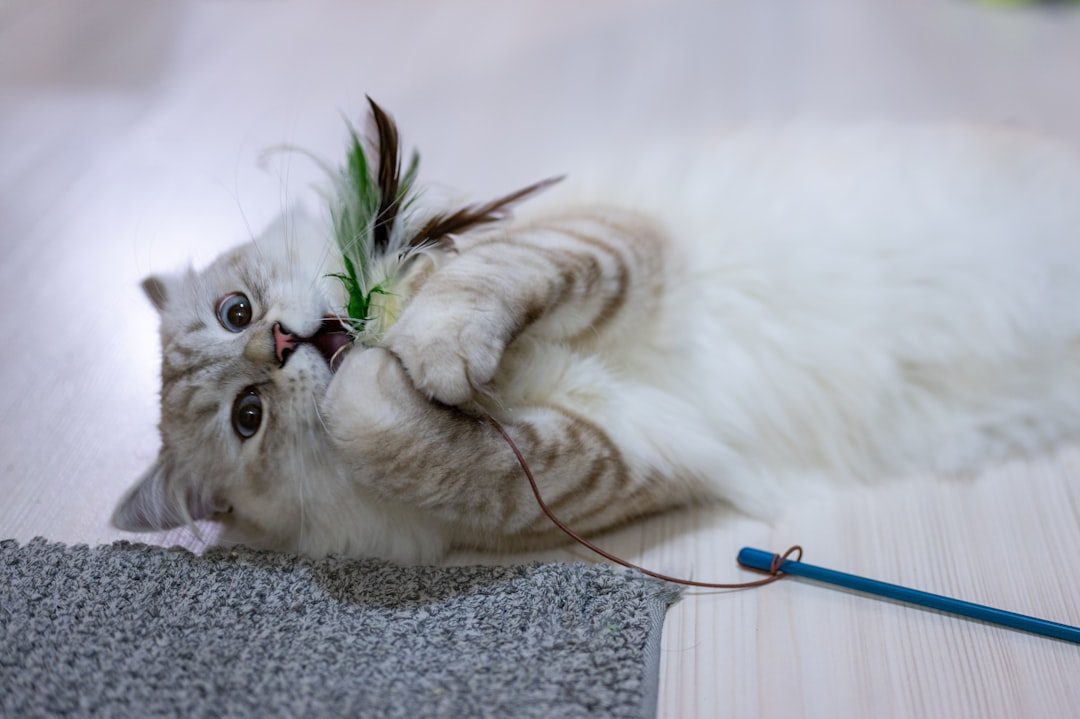
Your cat’s intelligence deserves daily challenges that go far beyond chasing a red laser dot. Mental stimulation for cats isn’t a nice-to-have, it’s a necessity that supports their overall health and well-being. These five simple games require minimal investment yet deliver maximum cognitive benefits, transforming your home into an enriching environment where your cat can thrive.
The most remarkable aspect of these activities is how they tap into your cat’s natural behaviors while keeping them engaged indoors. Each game serves multiple purposes: reducing boredom, providing physical exercise, satisfying hunting instincts, and strengthening your relationship through interactive play.
Start implementing one or two of these games this week and observe how your cat responds. Soon you’ll discover which activities capture their interest most, allowing you to create a personalized enrichment program that keeps their razor-sharp mind active and content. What games will you try first with your curious companion? Share your experiences and let us know which activities become your cat’s favorites!





